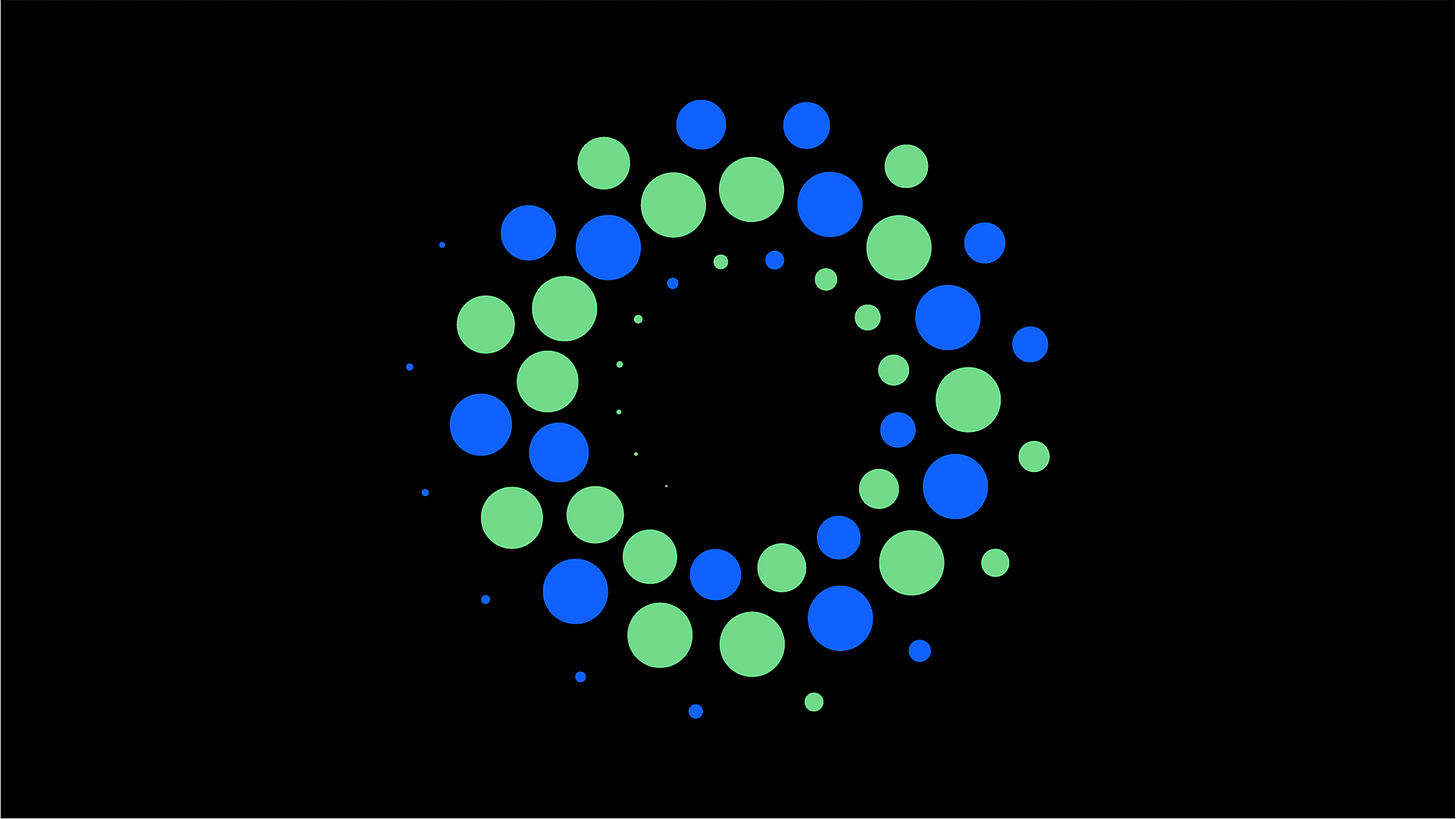Quantum Computing Files: Tuesday edition (July 13th)
Quantum Computing Files: a newsletter about Quantum.
Researchers from IBM and University of California at Berkeley have published a peer-reviewed paper claiming a rigorous proof that a robust quantum speed-up algorithmic set up in supervised machine learning is feasible. This means that the emergent field of Quantum Machine Learning is beyond a hype phase and is now entering a more mature years phase ahead. There is though a lot to do for Quantum Machine Learning to be a complete viable technological solution for real problems with a commercial potential, as is mentiond in the IBM Blog post I make as a feature today in this Tuesday edition (after a week without posting due to a busy schedule eslewhere…). But this is definitely a step in the good right direction of progress!
In today’s edition I also would like readers/audience to watch a Quantum video from Qiskit Youtube Channel. It is again from the long list of Qiskit Weekly seminar series, a list I do repeat often in this newsletter but with a justifiable intention give the high quality of its content. It features a presentation by Zlato Minev PhD, which is on the other side of the talk this time around, describing of his latest research work (interesting work on Quantum Hardware Development)!
An important Quantum Blog Post to Read/Explore
Quantum kernels can solve machine learning problems that are hard for all classical methods (IBM Research - July 12th)
IBM researchers have found mathematical proof of a potential quantum advantage for quantum machine learning.
Few concepts in computer science cause as much excitement—and perhaps as much potential for hype and misinformation—as quantum machine learning. Several algorithms in this space have hinted at exponential speedups over classical machine learning approaches, by assuming that one can provide classical data to the algorithm in the form of quantum states. However, we don't actually know whether a method exists that can efficiently provide data in this way.
Our team successfully developed a specific classification task for which quantum kernel methods are provably better than classical methods. The article describing this work was recently published in Nature Physics2 by Yunchao Liu from University of California, Berkeley and IBM research intern, alongside coauthors Srinivasan Arunachalam and Kristan Temme at IBM.
There are caveats, of course. There will still be many real life problems for which this quantum algorithm does not perform better than conventional classical machine learning algorithms. To obtain an advantage, the classification problem must first adhere to this cyclical structure described above. We've left it to an upcoming work to discuss how generalizable this structure is. Additionally, performing this quantum kernel estimation algorithm for useful cases is perhaps beyond the reach of the quantum hardware available today.
A Quantum Video to Watch and Learn
Quantum Hardware Design: Energy, Circuits, and Metal | Qiskit Seminar Series with Zlatko Minev (June 25th)
Host: Olivia Lanes, Ph.D.
Speaker: Zlatko Minev, Ph.D.
Title: Quantum Hardware Design: Energy, Circuits, and Metal
Abstract: The success of engineering complex quantum phenomena and large-scale quantum processors is rooted in our ability to rapidly and reliably design and analyze the underlying quantum devices. We introduce two new methods to this end and an open-source software platform for automated superconducting qubit layout, design, and analysis. In this talk we overview use of the energy-participation ratio (EPR) of Josephson circuits (arXiv:2010.00620 & 1902.10355) and the modular quasi-lumped model for circuit quantum electrodynamics (cQED) (arXiv:2103.10344). These methods and others are implemented in our open-source framework Qiskit Metal, which we hope can help unify superconducting qubit design tools and simply the design and analysis. Metal aims to bring together experimentalists and theorists alike seeking to push the boundaries of quantum circuit theory and Hamiltonian analysis.


